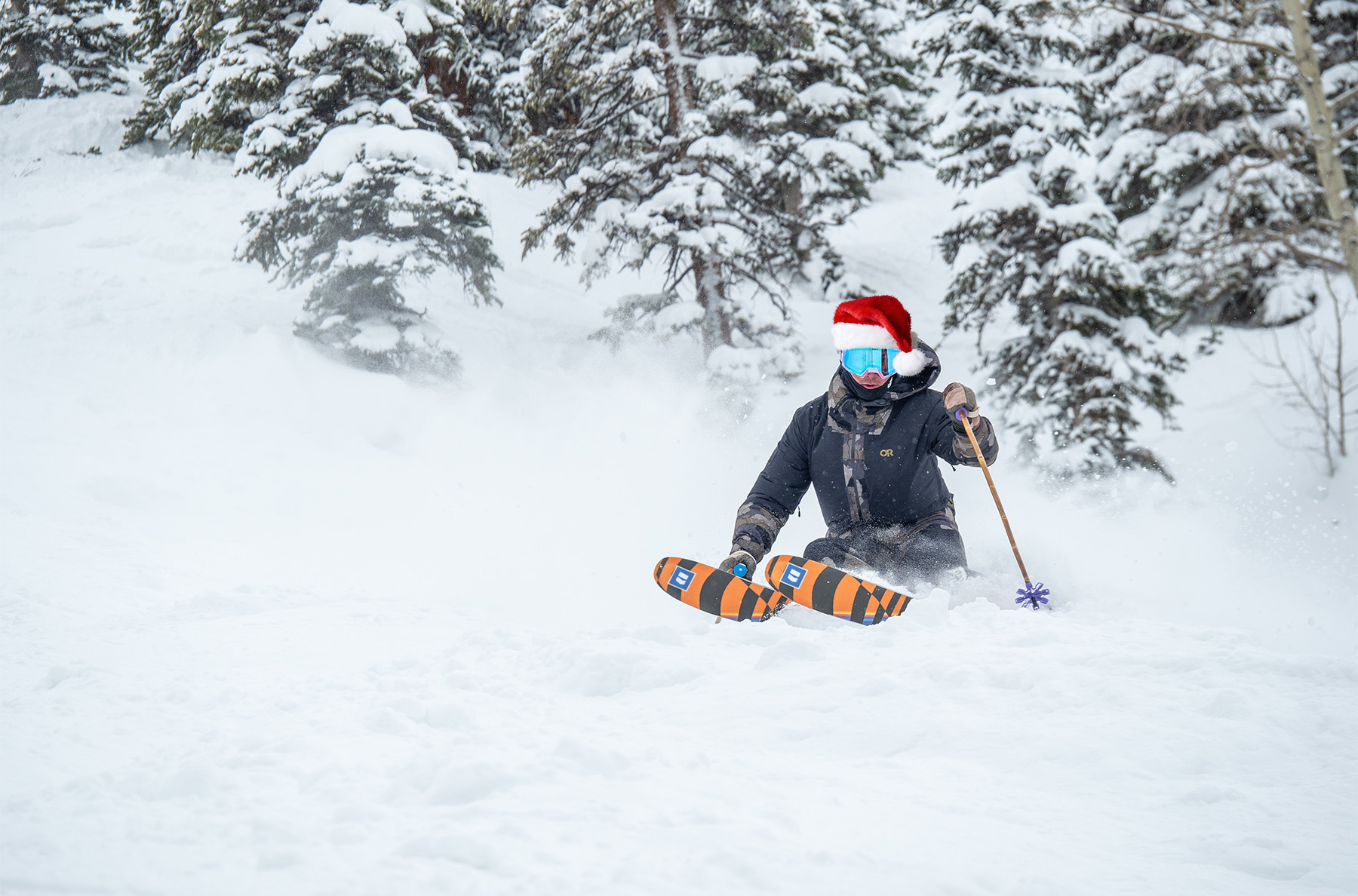
Intro
Following our suggestions for Stocking Stuffers, we ramp it up this week with gifts that are a bit bigger, probably require some actual gift wrapping, and are sure to ignite the nostalgic excitement of getting to choose a mysterious gift from under the tree.
Iksplor Grown Up Long Sleeve Merino Wool Top
MSRP: $105
Noah Eckhouse: I’ve been quite content with my synthetic baselayers all these years, so I’m a bit of a merino-wool newbie, but I’m quickly becoming a big fan. What has surprised me is that I very rarely feel too hot in it, regardless of my exertion level. And while it doesn’t feel overly warm when I put it on, I rarely seem to get very cold. I’ve also been very pleased with how it handles perspiration, which can pour off me like a waterfall at times. I’m really looking forward to using it throughout ski season, both downhill and uphill.
Iksplor is a Jackson-Hole-based company run by two sisters who are building high-quality wool layers for the whole family. I was pleased with the fit of the unisex XL crewneck long-sleeve top on my “definitely not unisex” frame. It was snug on my torso where I wanted it, but had longer sleeves and more of a cycling cut in the back, meaning that it stays tucked in. It washes well and I haven’t seen any pilling or loss of shape overall. And best of all, it doesn’t stink!
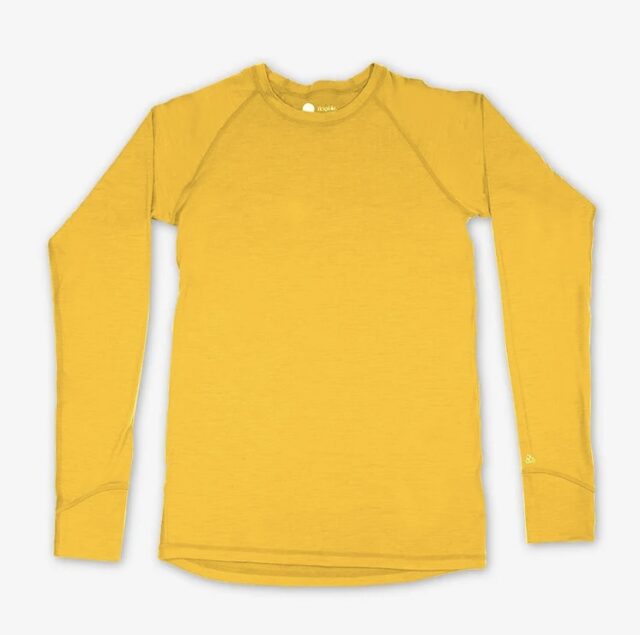
Filson Mackinaw Wool Cruiser Jacket
MRSP: $495
Jed Doane: Originally designed in the early 1900s for loggers in the Seattle area, the design of Filson’s Mackinaw cruiser jacket hasn’t changed much since then. It’s a heavy, warm, breathable, and stylish jacket that I wear constantly in cooler, wetter weather. The wool is softer than previous iterations (Filson did change its wool sourcing in recent years, perhaps due to supply chain and manufacturing issues) but does not seem to lose any durability. I love that I can wear it on the average drizzly PNW day without a rain jacket and stay warm and comfortable. This jacket’s sizing runs VERY large — I’m 6’2”, I wear a size Small, and I have ample length in the torso and sleeves.
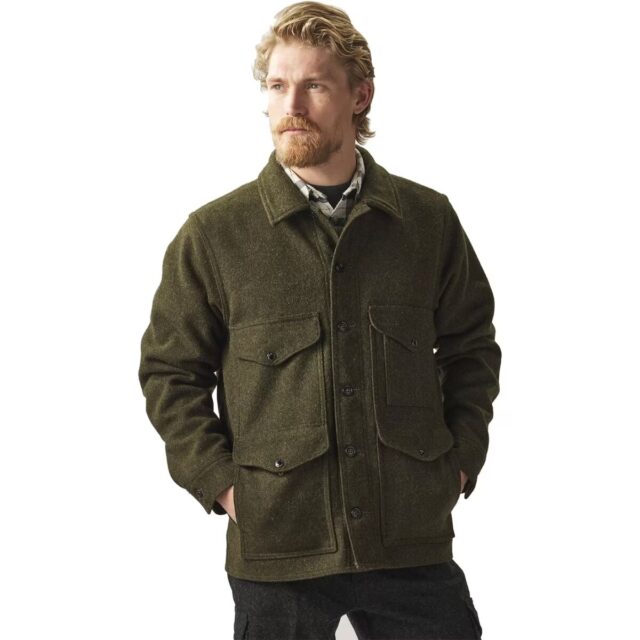
Vuori Performance Joggers
MRSP: $94
Kara Williard: There is seemingly a lot of hype around Vuori activewear these days, and frankly, I was trying to not follow the buzz. But when I was gifted a pair of Vuori’s Women’s Performance Joggers for my birthday this year, it was game over. These are by far the softest and most comfortable pair of pants I own. My partner also got a pair for his birthday, and he is equally obsessed.
The recycled polyester and elastane blend is not only supremely soft, it’s also really stretchy and comfortable. That said, I appreciate that they aren’t too stretchy and can maintain a good fit after countless wears and washes.
These now seem like the best pants to bring along during travel, not only for lounging but also long days of hauling gear and hopping between planes. While they do sort of fall in the category of “sweat pants” I would qualify them as really nice and publicly presentable sweatpants, which is good enough for me to justify wearing out and about. I feel like a good pair of Vuori Performance Joggers could be an ideal gift for several people in your life, and I’d recommend gifting a pair to someone who might need a sweatpant upgrade, or someone who really appreciates comfy pants.
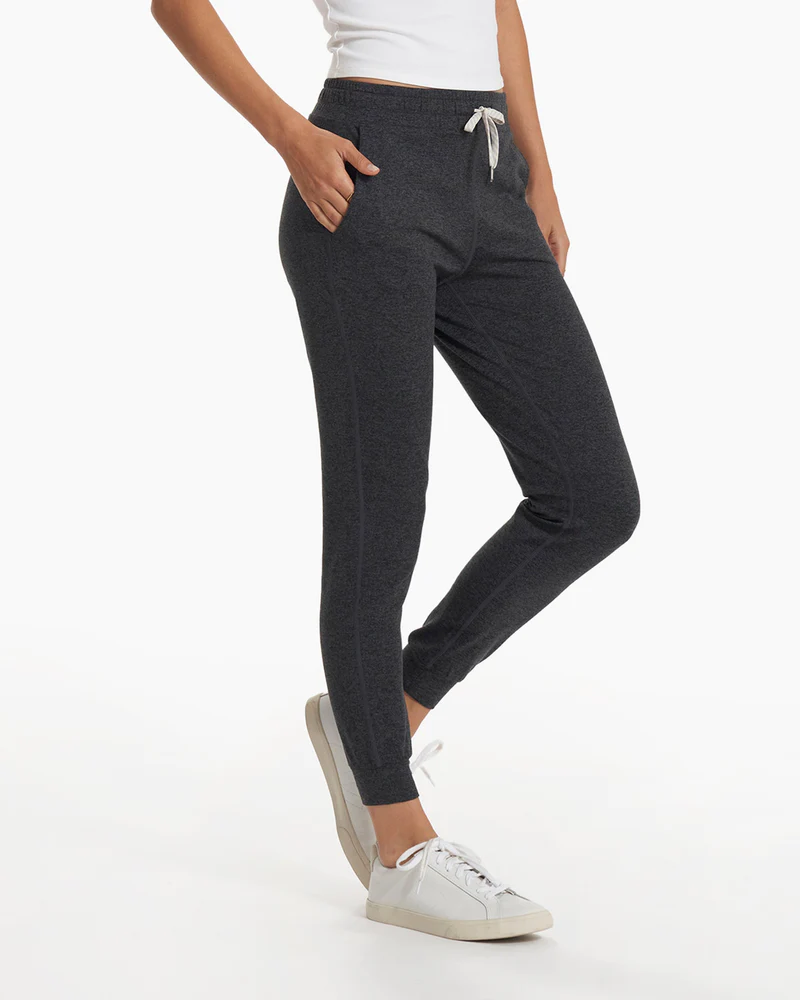
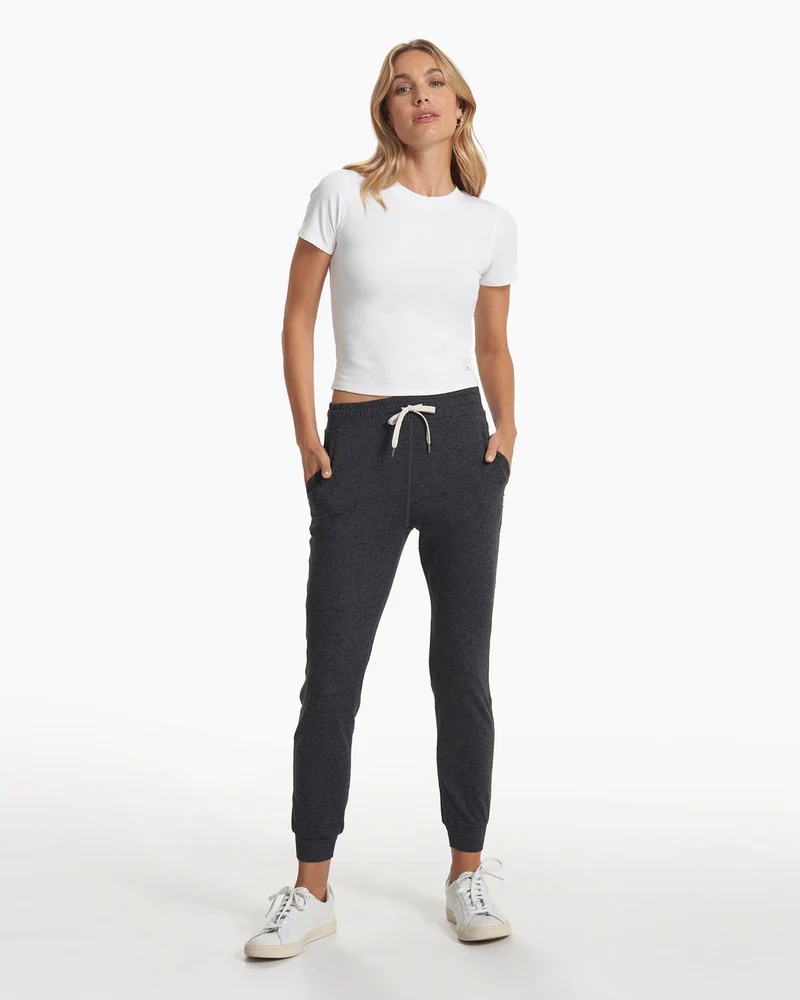
Stoko Supportive Tights
MSRP: $398
Dylan Wood: I’ve been testing Stoko’s K1 Summit baselayer this season, and it’s been great so far. These supportive tights have 90 feet of cable running through them, making for medical-grade knee support designed for those who have had knee injuries, essentially replacing a knee brace. The support is adjustable and controlled via two adjustable BOA-like dials at the back of the tight’s waistband. Without these cables, the Stoko pants feel like an excellent compression pant, but with the cables tightened, they provide support that feels pretty subtle at first, but certainly provides confidence when moving.
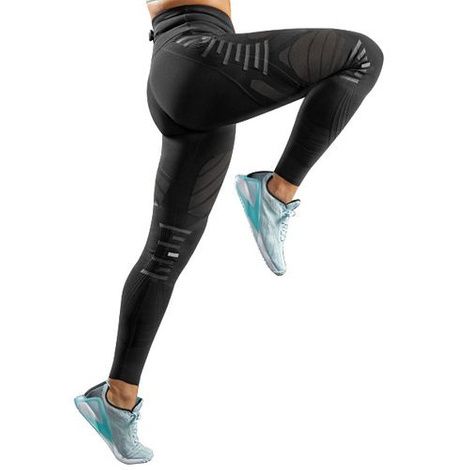
I’ve used them for working out, running, and skiing, and they have been excellent. My only complaint is that I wish their ski-specific tight, the K1 Summit, was a ¾ length so that the tight did not need to go into your ski boot. The run / hike model, the K1 Tempo, is a ¾ length, though it is missing the thermal fabric that the Summit has. The Stoko K1 Supportive tight can make a great gift for those coming back from knee injury, folks with persistent knee issues, or those just looking for a little more support without the bulk of a full brace.
Curious Creatures Sun Dog Pant
MSRP: $180
Kara Williard: I have become a huge fan of bike pants over the last couple of seasons, namely for their extra protection and for keeping my legs less dusty, relative to bike shorts, especially during multi-day adventures. You can check out this latest Roundup for a look at the various bike pants we’ve reviewed over the years. Right before my recent bike trip to Nepal, I received the Curious Creatures Sun Dog Pant, and I quickly fell in love with them.
Curious Creatures is a new company, based in Bozeman, MT, and as a design-focused company that appears to be doing things a little differently, I was pretty excited to try them out.
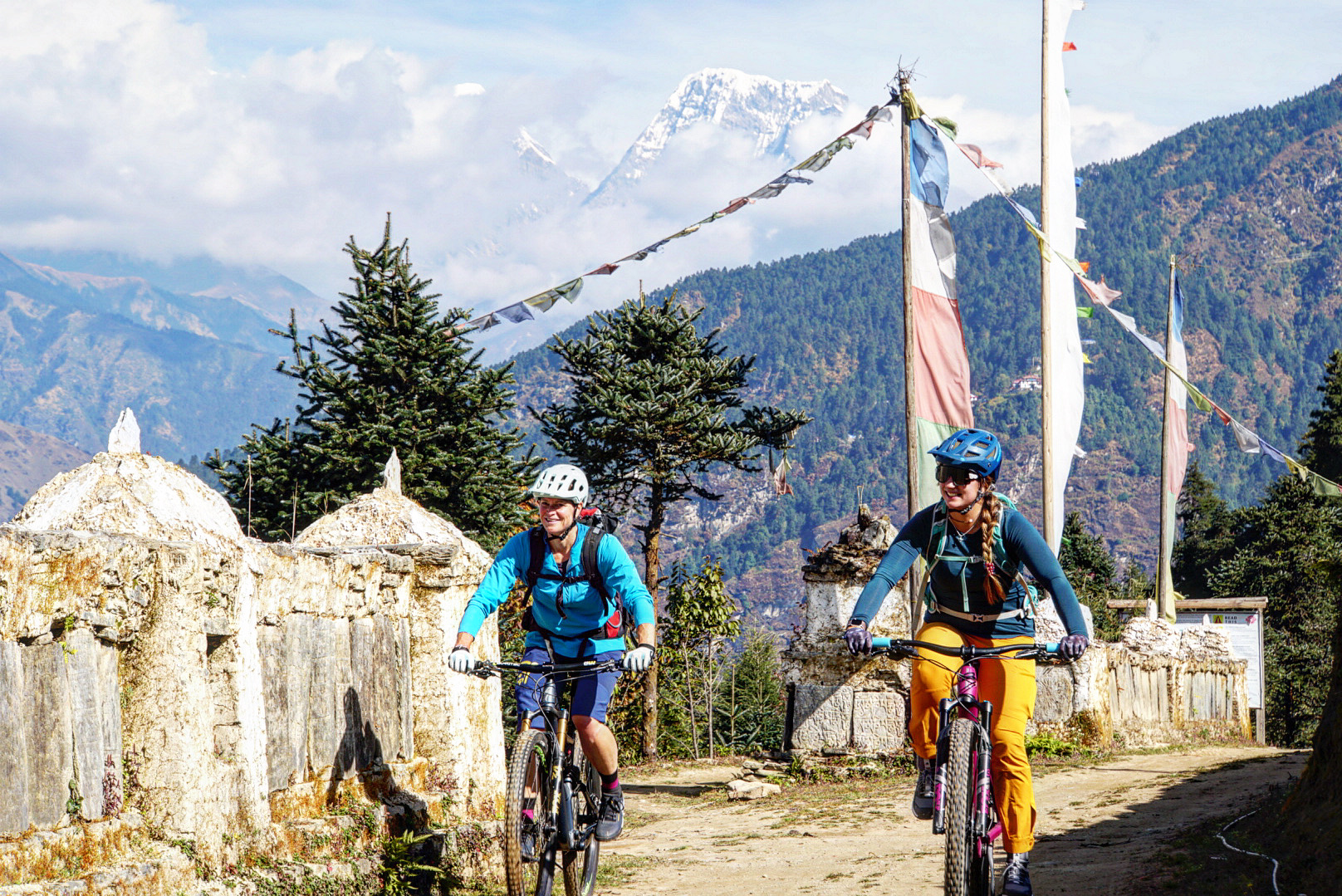
After first putting them on and feeling like they were a perfect fit, I decided to bring them on my trip to Nepal, despite having really limited space in my suitcase. This was definitely the right choice; they became my favorite pair of pants throughout the trip.
I think my favorite aspect of these pants is that they don’t feel exclusively like bike pants, but on the bike, they are still extremely comfortable. I found the Sun Dog pants to be among the most breathable of all the bike pants I tested, and also quite stretchy, airy, and comfortable. On the flip side, I also wore these pants during some pretty long and cold days on the bike, and found them to offer suitable wind protection. The material is stretchy enough that I could also fit a light pair of baselayers on underneath, which made for a great combo when venturing up to 15,000 ft. in the Himalayas.
Kristin Sinnott had a similar experience, which she wrote about in October’s edition of our Stuff We Like Series. All the features of these pants seem well thought out, including the very wide and comfortable waistband that doesn’t dig in, but also doesn’t shift around. The drawcord waist also helps keep things in place even when wearing them several days in a row. The leg cuffs provide a nice opening, which I found to be useful for not only putting on knee pads mid-ride, but also for rolling up when crossing rivers, or if temperatures quickly rise. The pockets are super spacious, and I can comfortably fit my phone in the zippered thigh pockets without it obstructing my ability to comfortably pedal.
I’ve enjoyed wearing the Sun Dog Pant for biking, airport travel, long days in a jeep, walking around the city, hiking, and more, making it a great choice as a gift for an active family member, or someone who wants a pair of bike pants that’s just a little different, that comes in bright and fun colors, and most importantly, is practical and super comfortable.
Kristin Sinnott: I whole-heartedly second this recommendation. I find I wear the Sun Dog pants as much off the bike as I do on them. And when deciding what to wear on a recent 16-hour travel day, these pants were the obvious choice.
Kavu Balsa Pullover
MSRP: $110
Noah Eckhouse: In contrast to thoughtful, thin layering for active moments, the Kavu Balsa Pullover is like wearing a fleece sleeping bag. It is instantly warm and comfy. Maybe it’s the fabric? The 10-oz recycled “double-sided butta soft sherpa fleece” is not particularly packable or low-bulk, but instead puts its focus into being super cozy.
As we approach the seasonal affective disorder months here in New England, daylight and sunshine are both scarce, and a piece like this can make a day around the house – or a walk outside – much nicer. Three design elements I really like: the connected side-seam pockets mean it’s really a handwarmer in front; the fleece is double-sided, making it just as cozy inside as outside; and the nylon shell over the lower half hides the fact that you’re actually dressed like Chewbacca. I wear it every day!
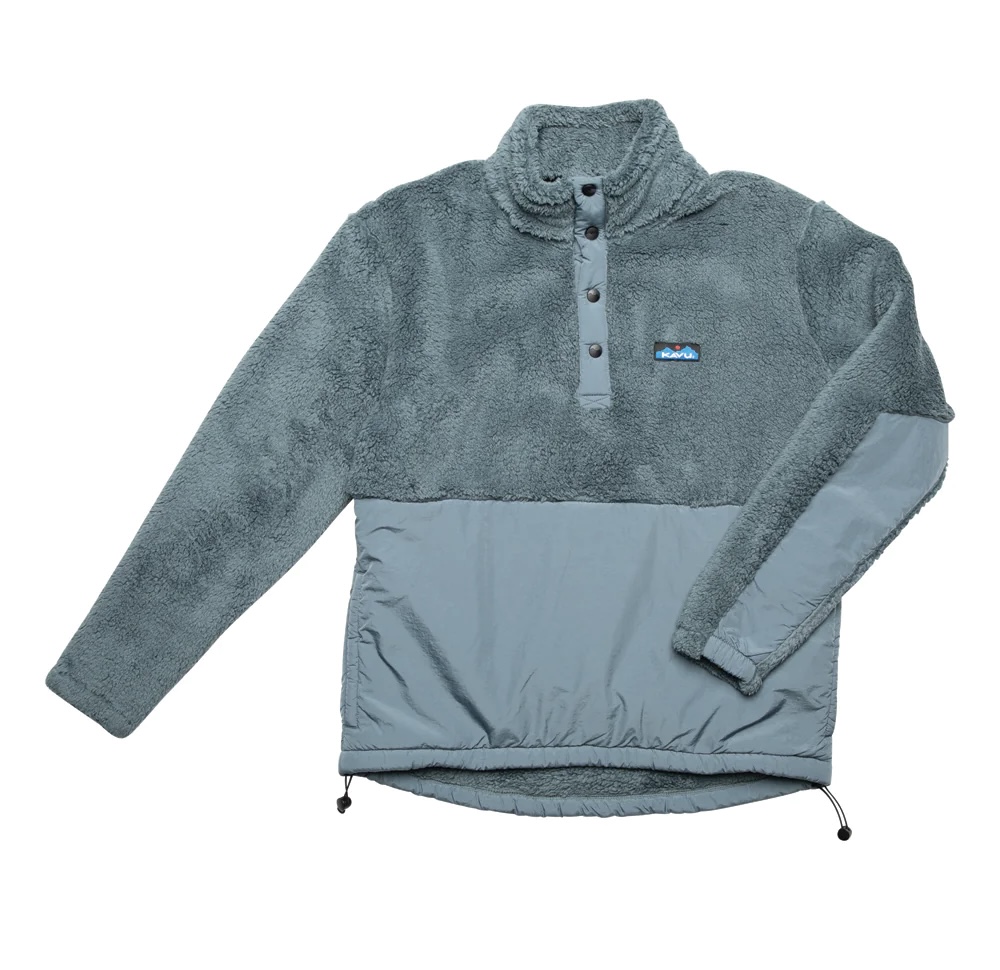
Gnara Go There Hiking Pants & Shorts
MSRP (at time of publishing):
- Go There Shorts: On sale for $70.80
- Go There Pants: On sale for $100
Kara Williard: Gnara is really onto something with the design of both their Go There Pants and Shorts. After spending a bunch of time in both over the last year, I have not only come to appreciate their unique approach to design, but also the overall fit and features of their Shorts and Pants.
For those who aren’t aware, Gnara’s Go There Pants and Shorts feature their patented “GoFly” zipper technology that allows people to squat and pee without having to pull down their pants entirely. I have found this zipper incredibly useful for a variety of reasons, but the top two include not having to find a place that is 100% private to go pee, which is especially useful in the tree-less desert or other places with a lack of coverage. The second most impressive and practical time for using this zipper is when I am in a climbing harness and I don’t have to take my harness off completely in order to use the bathroom. This is incredibly practical, and as someone who spends copious amounts of time outside and has often found myself panicking while looking for complete privacy, the Gnara Go There Pants and Shorts have alleviated this problem. The zipper design is well executed and 100% functional, and I have zero qualms to date.
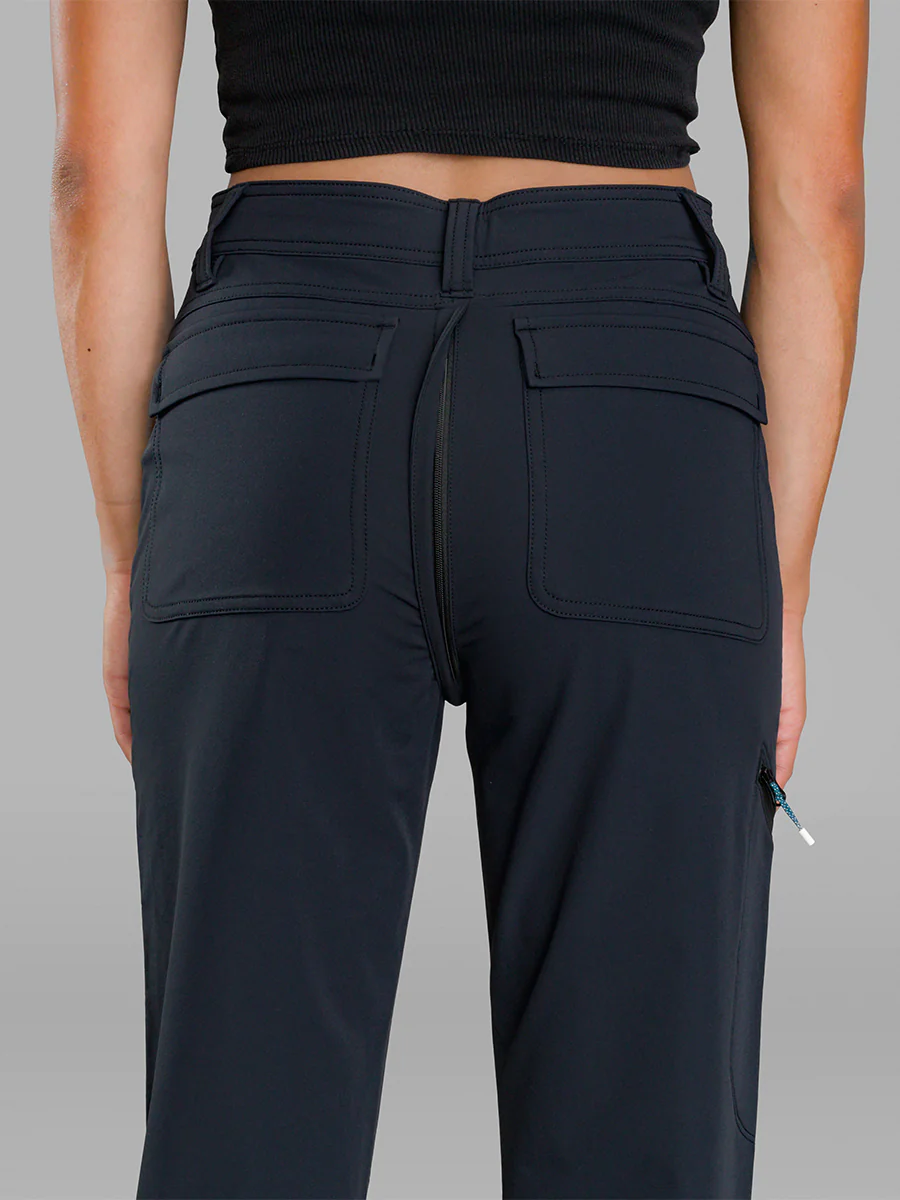
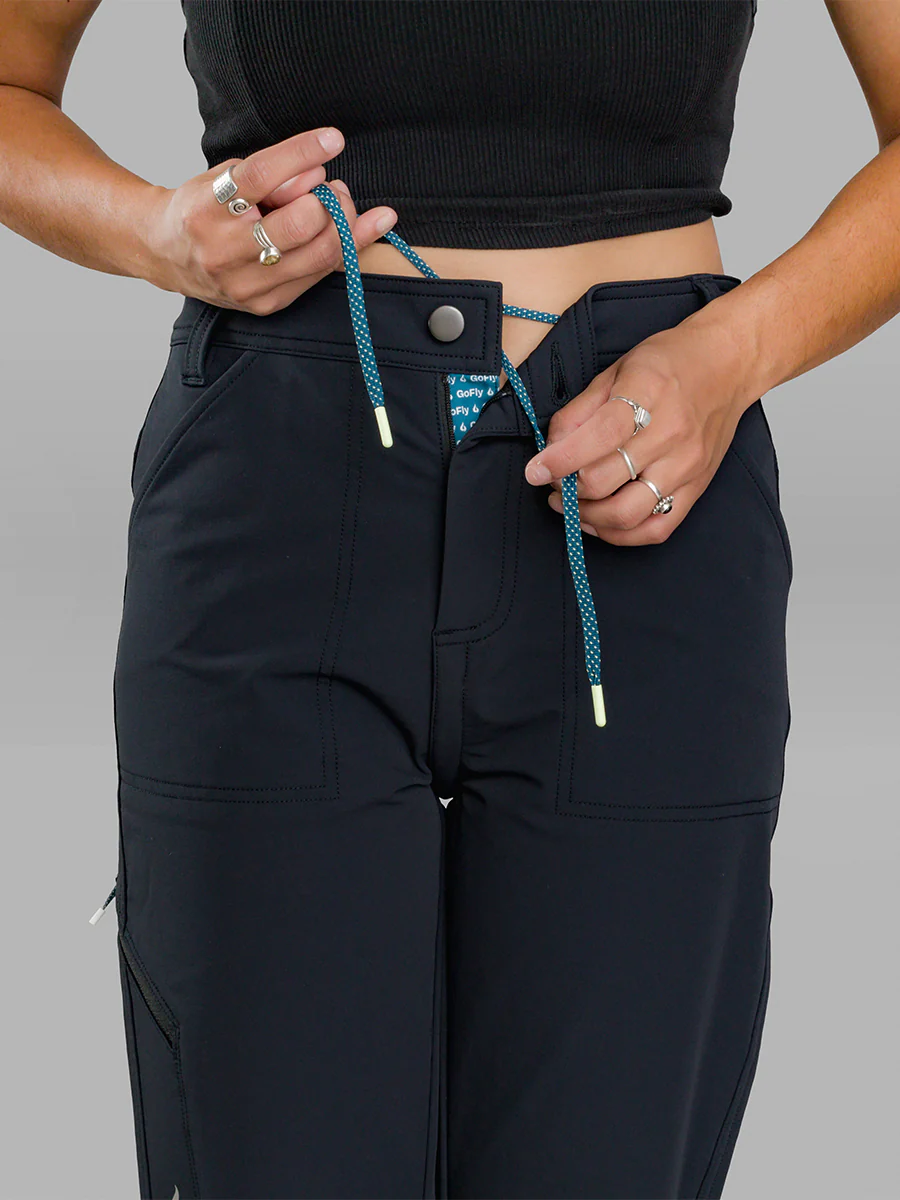
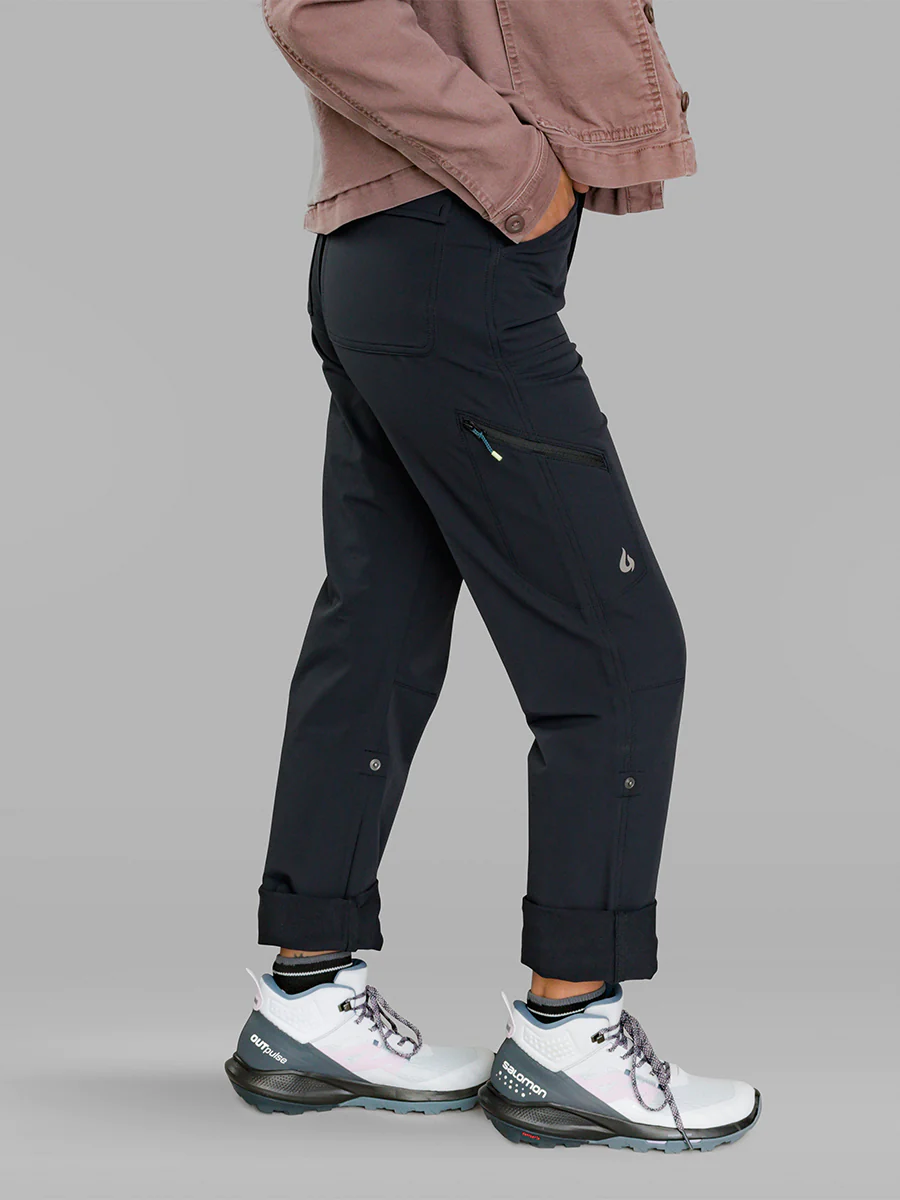
But it’s not just the useful zipper technology that makes this a great pair of pants or shorts to venture outside with. I also found them to be extremely comfortable, great in terms of range of motion, durable, and I think they have a very flattering fit. Both the pants and shorts feature a drawstring waistband with a button closure, allowing for adjustment and tightening as the day wears on.
There is also plenty of pocket space in both the pants and shorts, allowing for easy phone storage and more. Both the Pants and Shorts have five large pockets. I have had the Go There Pants for over a year now, and am continually impressed by their durability, even against rocks, which makes them great pants for hiking, scrambling, and rock climbing. The pants’ length can also be adjusted via a drawstring at the bottom, as well as snaps for folding the cuff up above the ankle. The Go There short was released earlier this summer and it has all the same features as the Pants, but with a 5.25” inseam length inseam to provide coverage.
If you have someone in your life who spends a lot of time outdoors, could use a pair of pants and/or shorts for just about any outdoor activity, and would appreciate clothes that take the difficulty or discomfort out of backcountry pee breaks, the Gnara Go There Shorts or Pants would make a wonderful gift.
Orvis Pro Zipper Wader
MSRP: $749
Jed Doane: I wrote about these in September’s “Stuff We Like” article, but as the weather has gotten colder, they’ve continued to shine. They’re overbuilt, tough waders that can handle the brambles and sticks that often accompany a day of fly fishing while remaining shockingly breathable. The single front zipper is a game-changer and makes entry and exit from the waders significantly easier. I also love the pocket design, durable abrasion-resistant boot cuffs, and the comfortable elastic straps. Though these are a high-end, expensive model, they’re incredibly reliable and make my days on the water better.
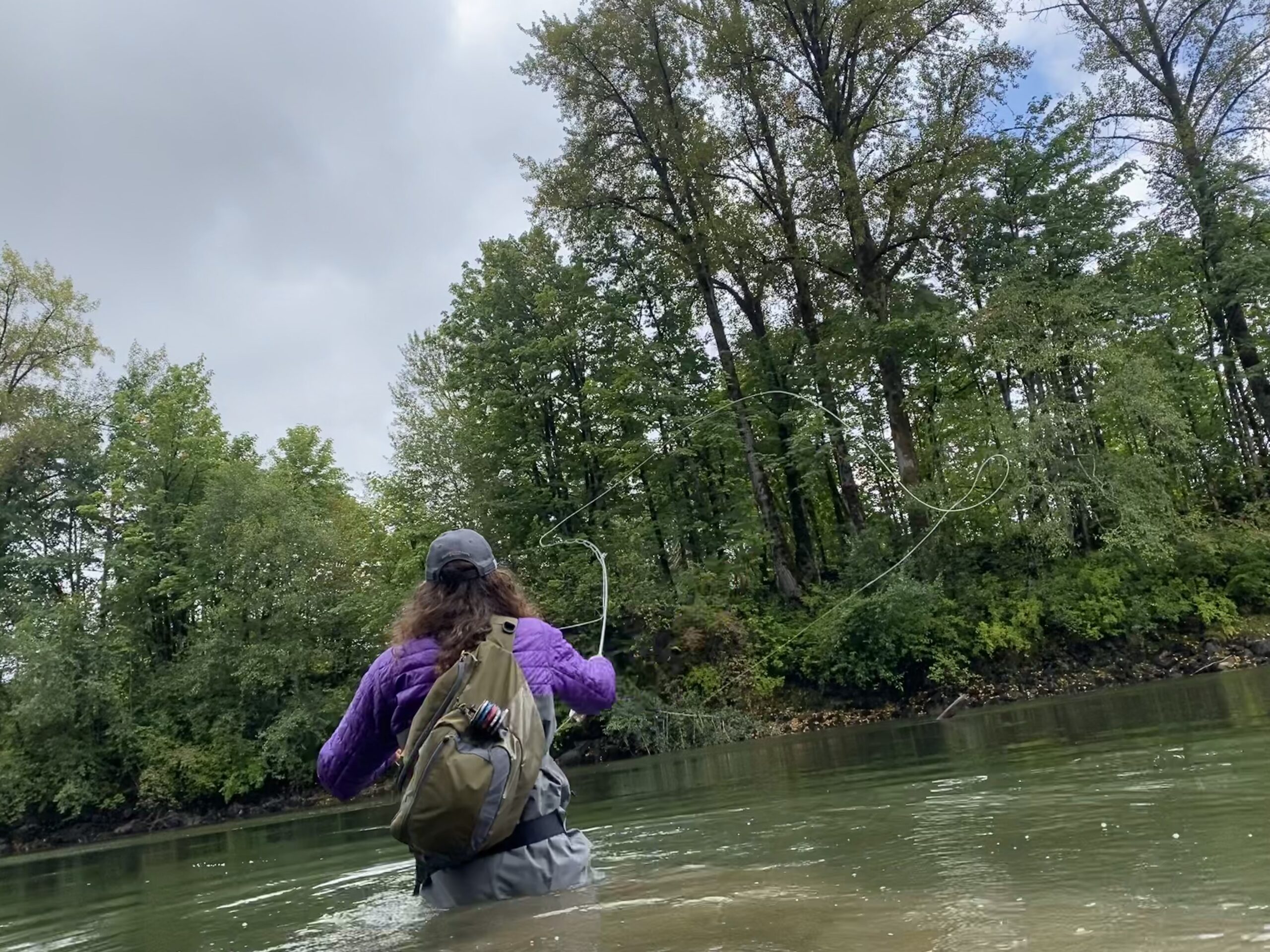
LL Bean Wicked Good Moccasins
MSRP: $89
David Golay: I’ve had the same pair of LL Bean’s Wicked Good Moccasins since I included them in the 2020 edition of our gift guides, and their impressive durability only makes it even easier for me to recommend them. My current pair is finally totally destroyed (though I’m still wearing them as I write this), so I’m treating myself to a new pair this year.
All the same stuff I said last time still applies: they’re available in men’s and women’s versions and a bunch of different colors; they are super comfortable and warm; and they have held up astonishingly well — I’ve conservatively worn my current pair for 500 days at this point.
I am trying the “Venetian” version without laces this time around — the laces on the standard ones don’t seem to do much to keep the slippers secured and do come undone once in a while; unfortunately, the Venetian version hasn’t shown up quite yet for me to comment on. But even with the mild annoyance of the laces on the standard ones, the Wicked Good Moccasins have served me incredibly well.
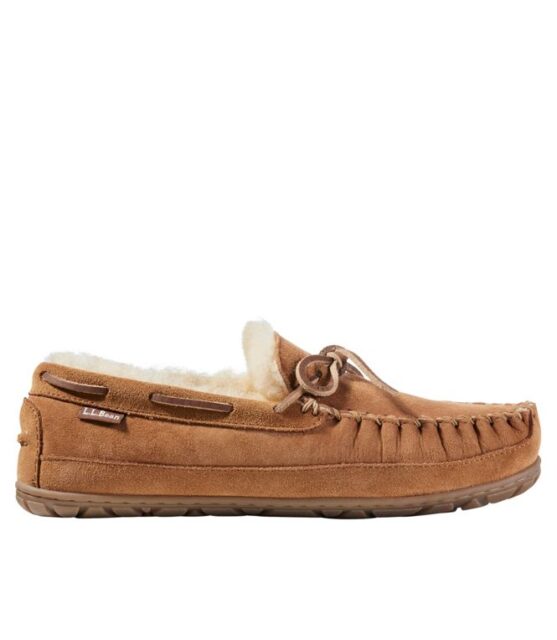
As noted last time, the Wicked Good Moccasins run pretty true to size but do stretch a little as they wear in, so I’d recommend sizing down if you’re truly on the fence. I’ve ordered my new ones in my usual US 10 size — the same as I’ve got in the current ones — but I’m definitely closer to sizing down than up.
Danner Bull Run Moc-Toe
MSRP: $250 (available for $187.50 as of this writing)
Jed Doane: A solid pair of versatile leather boots is a wardrobe staple for many folks, and this option from Danner has proven to be incredibly comfortable and functional. Designed as a work boot and largely unchanged for decades, the Bull Run is made from a thinner leather than I expected, and proved to be very comfortable and flexible as an all-day boot. It’s also much more breathable than heavier leather boots, which makes a big difference over the course of a long day. While not waterproof, they’ve held up well to rainy PNW days. The sole is replaceable and repairable, and Danner has in-house recrafting services. Though, based on my initial impressions of durability, I think that won’t be needed for many years. I also love the insole, a cushioned Ortholite model that you wouldn’t expect in an old-fashioned boot, but it improves comfort and sweat management. Notably, I needed to size down half a size. Overall, the Bull Run is a great choice for a buy-it-for-life leather boot.
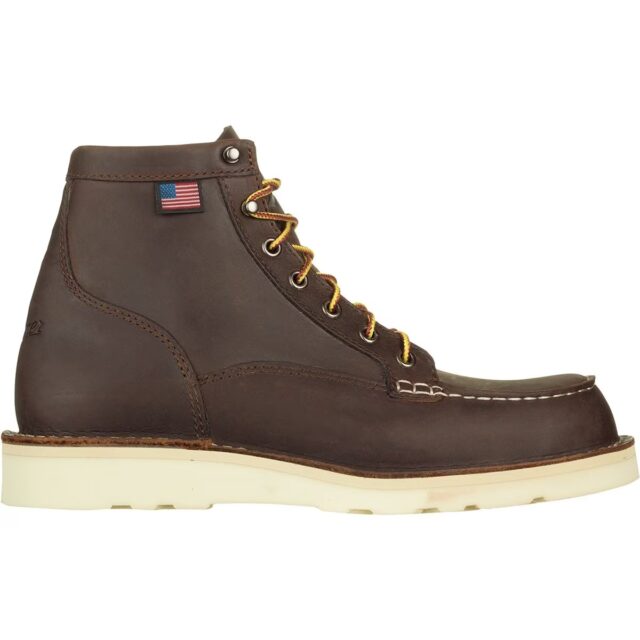
Danner Mountain Light & Vertigo 917
MSRP: $430-$440 (Mountain Light); $240 (Vertigo 917)
Luke Koppa: Since Jed has thrown in some Danner boots, I figure I might as well talk about two of their boots that I really like, too.
First up is the classic Mountain Light — one of the most popular and longest-standing models in their collection. It’s a pretty old-school hiking boot, and by that, I mean it’s quite heavy and built with substantial materials (thick Vibram rubber, thick leather, pretty stiff midsole). However, after a week of breaking it in, I find the Mountain Light exceptionally comfortable and quite supportive for longs days on my feet.
My current pair is a couple years old and is still going strong. Its Horween leather upper now has the worn-in patina that comes from daily use, I’ve gone through one pair of laces, and I’ll probably send it in to Danner to be re-soled at some point in the next year. But that long-term durability — and especially the ability to have wear parts like the outsole replaced — is why I opted to invest in a pair of these made-in-USA boots. The Mountain Light is the most expensive piece of non-skiing footwear I’ve ever bought, but I also suspect it’ll be the one that lasts the longest.
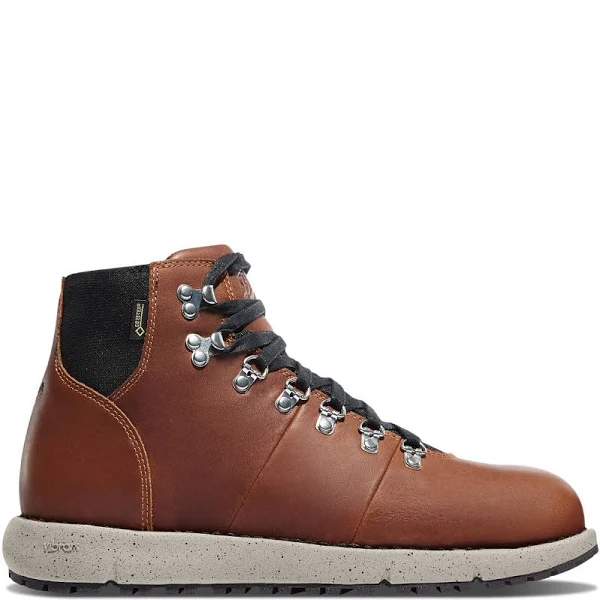

Danner makes it in several variations; while I’m a sucker for the white-soled versions (and they can be great for mostly indoor use), I’d recommend the black-sole variants with the Vibram Kletterlift outsole if the person will be walking outside often (especially in snow / ice).
If you’re looking for something slightly more affordable and/or with a more modern construction, Danner’s new Vertigo 917 is worth a look. Its aesthetic bears some resemblance to classics like the Mountain Light, but the Vertigo 917 differs in several key ways. First and foremost, it’s a lot lighter, thanks to thinner leather, a thinner Vibram outsole, and an EVA foam midsole. It’s a pretty significant difference, coming from the Mountain Light. The Vertigo 917 also comes standard with a Gore-Tex lining, which I’m usually not a fan of for low-cut boots, but I actually haven’t found myself sweating much more in the Vertigo 917 than I do in the non-waterproof but thicker Mountain Light. The Vertigo 917 also features stretch panels at the ankle to make it a bit easier to get on / off and decrease break-in time.
An important note on sizing for both these boots: the Mountain Light runs large, while the Vertigo 917 runs small. My foot measures 26.5 cm long and I typically wear a US Men’s 9.5 or 10. In the Mountain Light, a size 9 fits well when I’m wearing very thick wool socks, but I’d probably be better off with a size 8.5. Conversely, the size 9.5 Vertigo 917 is borderline too small and I think I’d be happier in a size 10.
All Gender Whakatā Puffy Low Oboz x Skida
MSRP: $105
Kristin Sinnott: I got the Whakatā Puffy Low in early fall, and while I’m not typically one to wear colorful shoes, I really like these colorful shoes. It helps that the print was designed in collaboration with Skida. And I’ve received tons of compliments on them. Named after the Māori word for “to catch breath, rest, have a break,” the Whakatā is designed as a camp shoe – something to wear after a day of hiking or skiing or to chill at an actual campsite. I’ve worn them camping but I also throw them on to wear around town. (And before naming the shoe, Oboz consulted with and received approval from the Māori language and culture guide at Oboz’s New Zealand-based parent company, KMD Brands.)
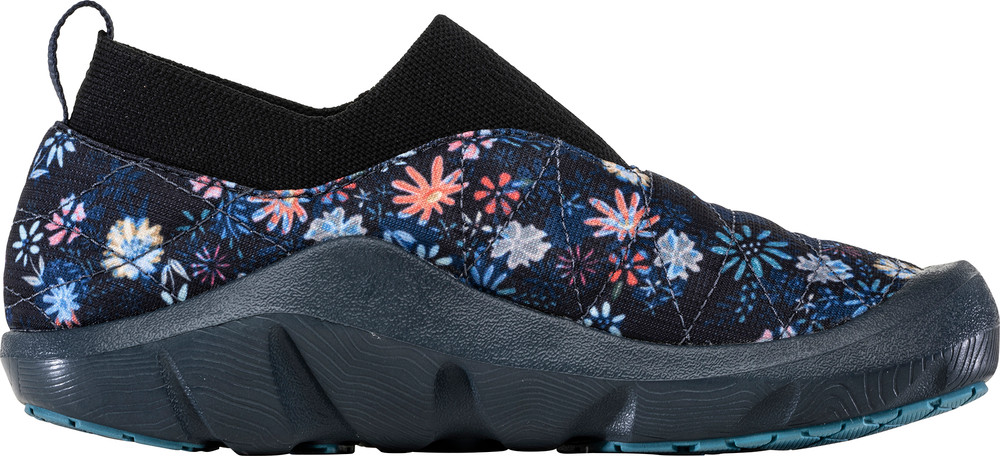
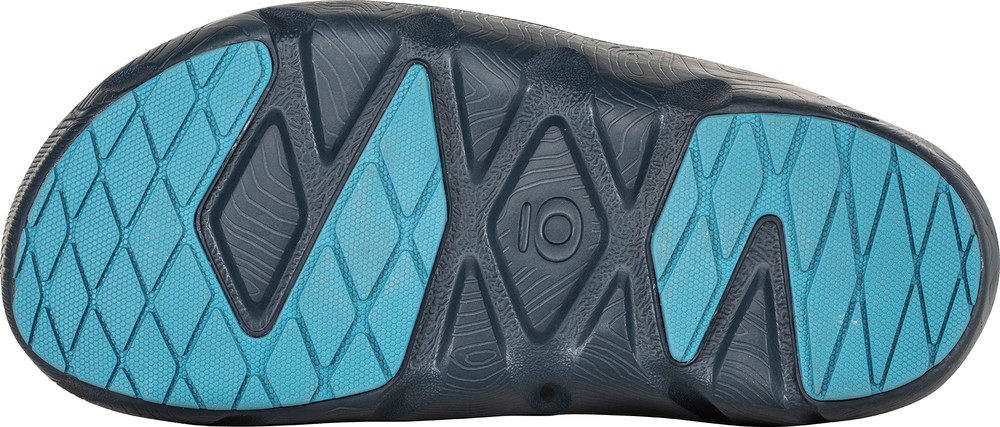
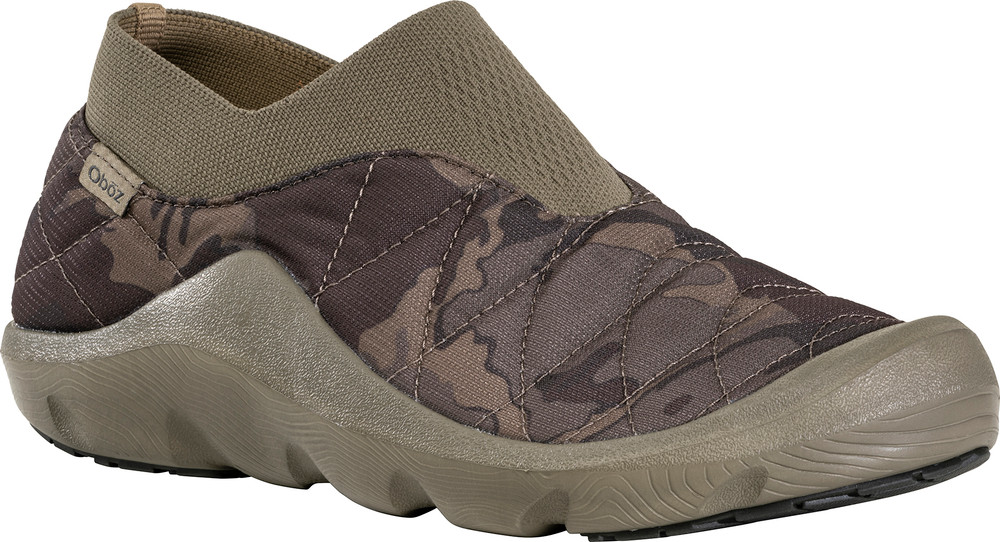
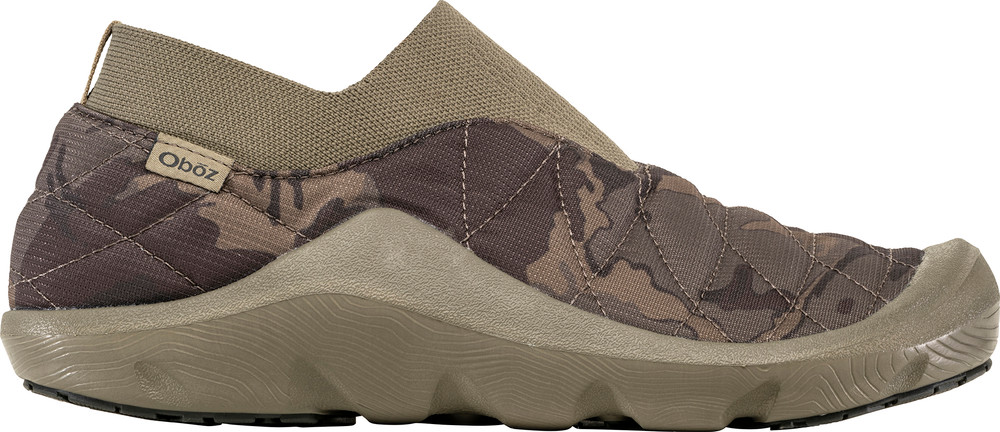
The Whakatā Puffy has a fairly wide fit. My foot is 25 cm long and I typically wear an 8 in street shoes; I size up a full size for my running shoes. I have the Whakatā Puffy in a size 9 and I think it’s the best fit for me. There’s plenty of room to fit warm socks, but the shoe still fits well if I’m wearing lightweight socks. If you or a loved one is looking to update your hut slippers or camp shoes, or are just generally in need of a comfortable and warm pair of shoes, I recommend the Whakatā Puffy. And if you’re looking for something a little less floral, Oboz offers the Whakatā Puffy unisex shoe in a variety of prints.
Fubuki Niseko 2.0 Boots
MSRP: $149
Luke Koppa: A couple years ago, I started seeing some very bright, big boots popping up in photos and videos from the outdoor media world. Eventually, I found out that they were made by a Swedish brand with a Japanese name, Fubuki (“snowstorm” in Japanese). However, this was right in the midst of worldwide supply chain chaos, and they always seemed to be sold out. This year, I finally got a pair of their Niseko 2.0 boots, and I am a huge fan.
A tall pair of warm, waterproof boots is basically a necessity for me in Crested Butte, primarily for walking through the often snow-covered pedestrian paths and snow banks, and for clearing my driveway after a storm. I really like classic Muck boots for this, especially the models with Vibram Arctic Grip soles, but those boots are fairly heavy and, while totally subjective, not the most aesthetically pleasing for my preferences.
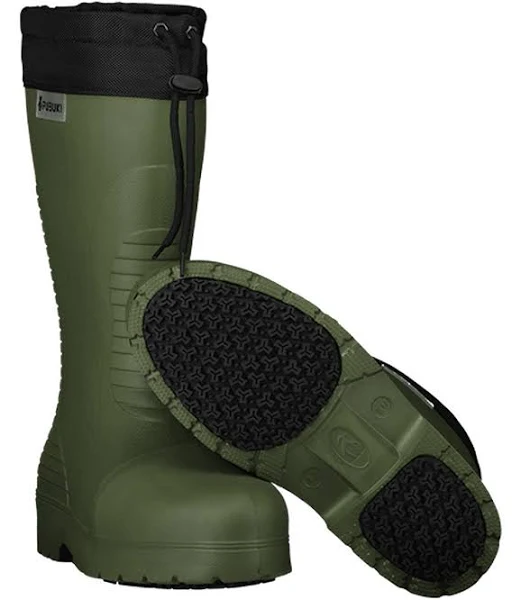
The Niseko 2.0 boots accomplish similar things — they’re very tall to keep out snow (they hit between my calf and knee), they’re waterproof, and they’re very warm. However, since their outer shell is made out of EVA foam, they’re way lighter than most boots that are as big and warm. The Niseko 2.0 is still pretty huge and not the best for driving, walking down steep stairs, etc., but their low weight makes them easy to forget about while they’re on.
I am still curious to see how the EVA shell holds up over the course of multiple winters, but so far, they’re working great. And while their rubber outsole is far from the most aggressive out there, it has provided very respectable grip on snow. For true ice, Vibram Arctic Grip is still the best outsole material I’ve used.
A note on sizing: I’m usually a US Men’s size 9.5 and opt for a 10 when half sizes aren’t available. That’s the case with Fubuki, so I opted for a EU size 43. When I have thick wool socks on, that definitely feels like the right call, but if I knew I’d always be wearing pretty average / thin socks, I’d probably go down to a 42. For reference, my foot measures almost exactly 26.5 cm long, so I’m right between those sizes on Fubuki’s chart.
The Niseko 2.0’s big and bold aesthetics won’t be for everyone, but I love them, and I’d recommend them to any person who needs a warm, high-coverage winter boot with a unique look and a lightweight build.
Worth noting: Fubuki also makes a low-cut version of the Niseko 2.0 that’s better suited to those who are more interested in warmth and style than maximum coverage in deep snow. Kara and Jonathan have been trying the Low version and are similarly big fans.
Kristin Sinnott: I second this recommendation. The Niseko 2.0 are the only snowboots I’ve worn this winter and they’ve served me well. I like how easy they are to step into and while I initially struggled to get out of them, I finally figured out it too is super easy to do if you push down on the cuff. The sizing is generous and I do find that it’s tricky to drive in them as the ankles are not as flexible as most of my other snow boots.
9Barista Espresso Machine
MSRP: $469
David Golay: I already gave the 9Barista a mention in the June edition of our Stuff We Like roundups, but it’s one of my very favorite things I got in the last year. The short version is that it’s a compact, portable machine that makes proper espresso on a stovetop — including a camping stove. It’s also a delightful object to hold, use, and look at.
There are a few caveats, and it’s definitely not the right espresso machine for everyone. The 9Barista takes a little bit of care and attention in its operation to get optimal results; it’s not ideal for pulling a bunch of shots quickly; and it’s somewhat easy to overheat the machine and damage some of the internal seals if you’re inattentive while it’s on the stove (though replacement parts are readily available and it’s easy to work on). But if you’ve got an espresso lover who (like me) lacks the counter space for a bigger machine, and/or would appreciate a way to make good espresso while car camping, the 9Barista is great.
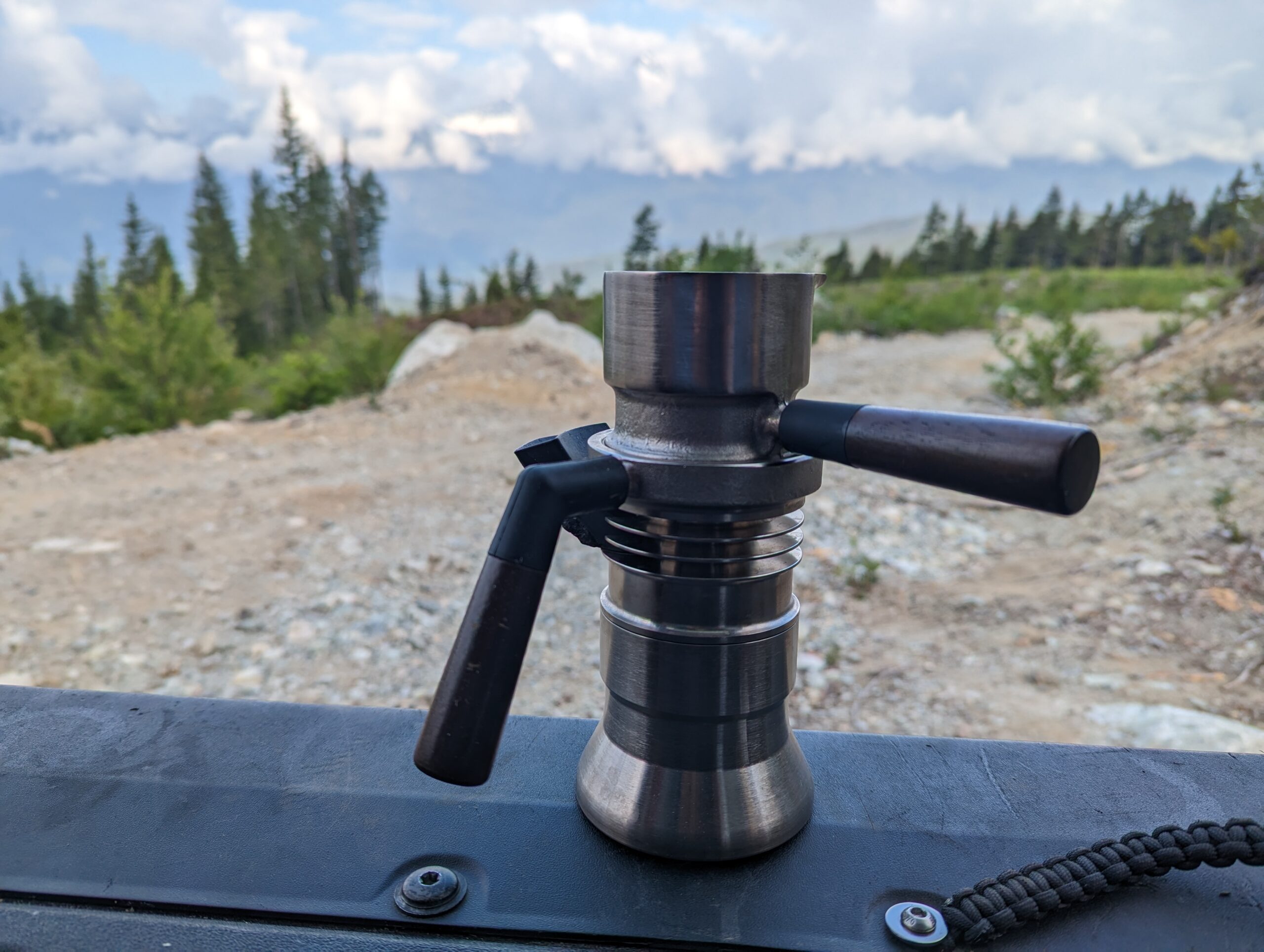
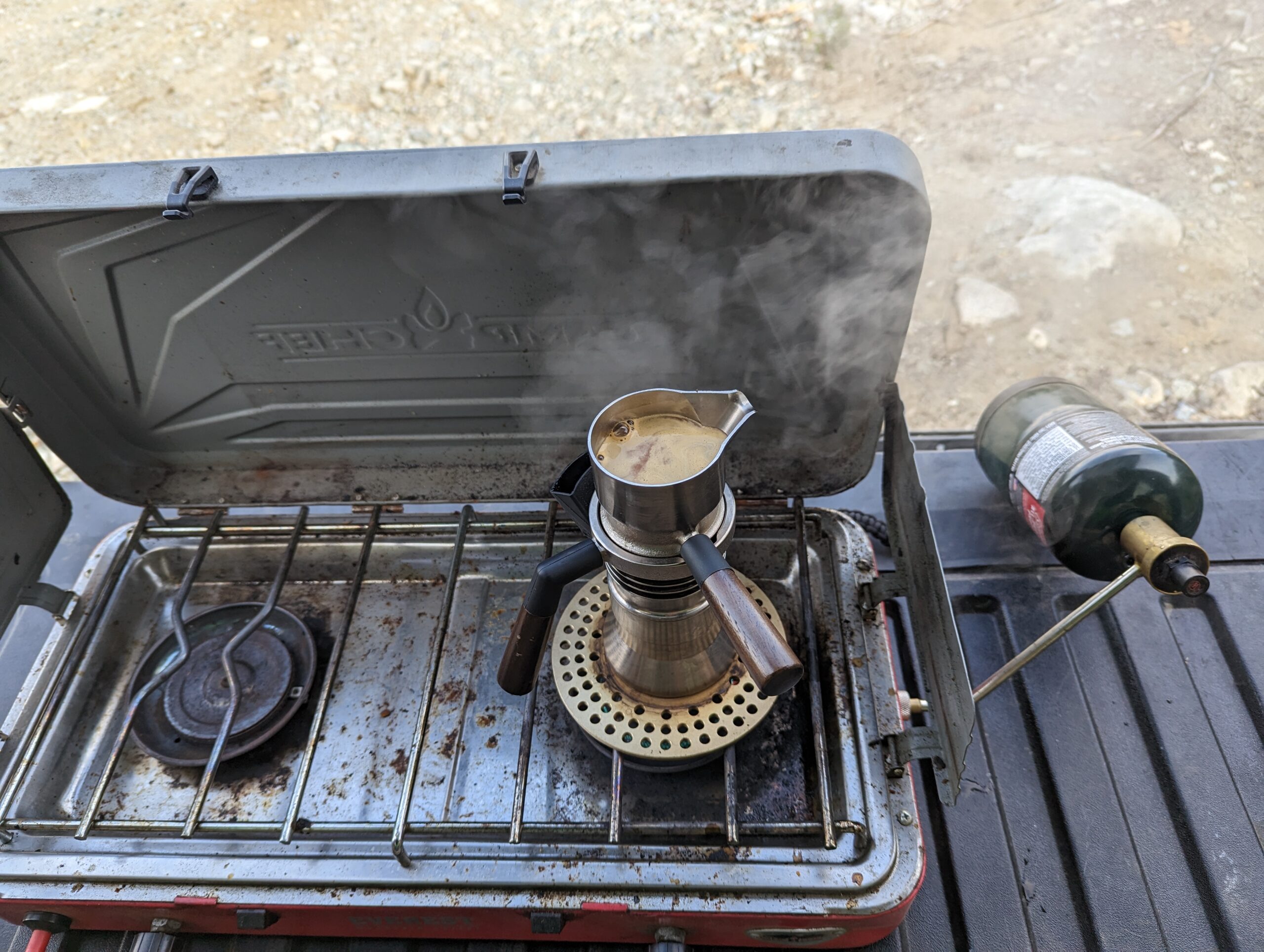
LEGO Sets
MSRP: varies
Luke Koppa: As a kid, I was obsessed with LEGOs (or LEGO Bricks as they’re apparently supposed to be called…). Then I forgot about them for a while, until I was looking into gift ideas for my siblings, and was amazed by the variety of sets these days. There’s a massive range, from very “mature” things like flowers and wall art to all the more “fun” designs you probably think of when you think of LEGO.
Regardless, I and most people I know find them very fun to build, and while the big sets are eye-watteringly expensive (I now understand why my parents never bought me the big ones as a kid…), there are tons of different price ranges. The $13 “Snow Groomer” kept me happily occupied for at least an hour or so, and now it’s a fun little decoration on my desk. There are a lot of outdoor-oriented sets available, and others for just about any person’s interests.
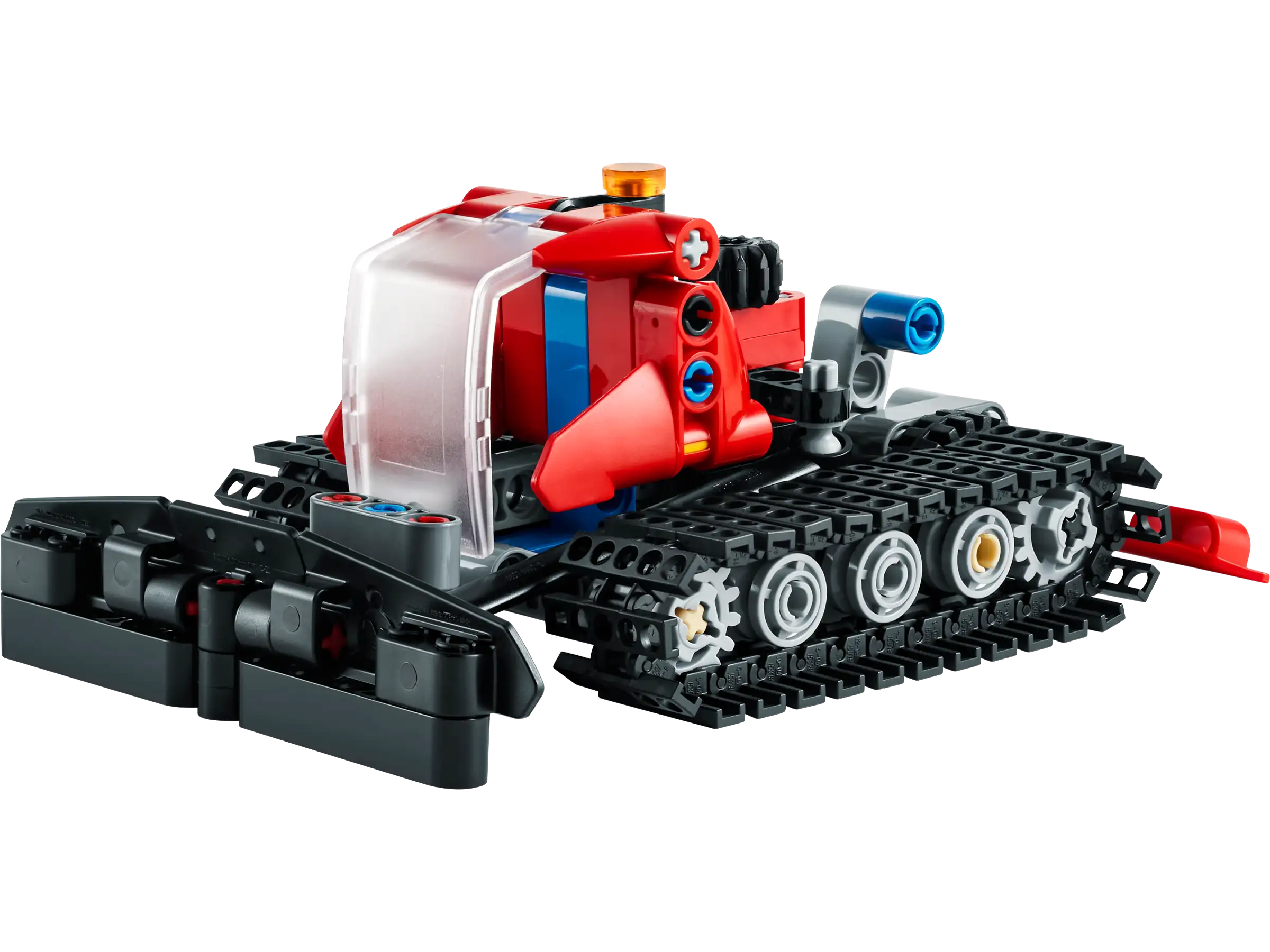
Outbound Lighting Mountain Bike Lights
MSRP: $135-375
Dylan Wood: Whether your riding season is over or not, the days are getting shorter here in the northern hemisphere, and for those who are still getting after it, riding in the dark might be your only option for a ride before or after work. A standard headlamp can theoretically make this happen, but a true mountain bike light provides a night-and-day (ha, get it?) difference over your everyday headlamp. Recently, I’ve been using Outbound Lighting’s Trail Evo handlebar light and Hangover helmet light, and they are excellent options.
Easy to use and set up on your handlebars and helmet, these lights are wireless and can be used on virtually any bike and helmet. The Hangover mounts via a GoPro mount (included), and the Trail Evo can be fastened onto a 35 or 31.8 mm handlebar. The Trail Evo comes in at 320 g while the Hangover weighs just 124 g, and both feel pretty light on the bike and the head; they haven’t thrown me off at all.
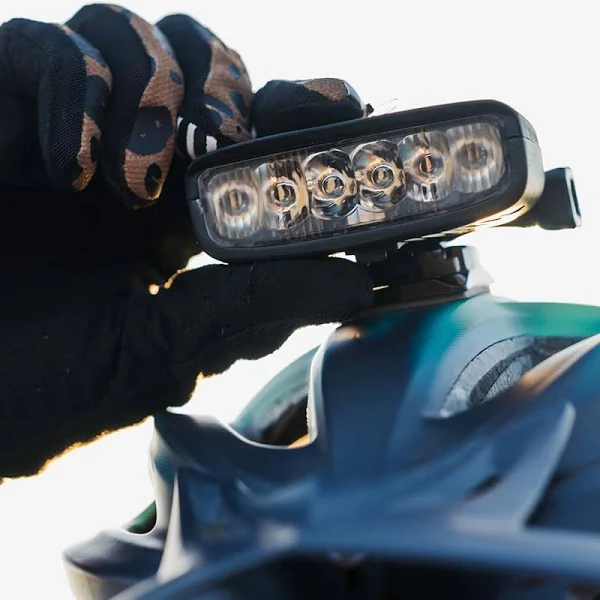
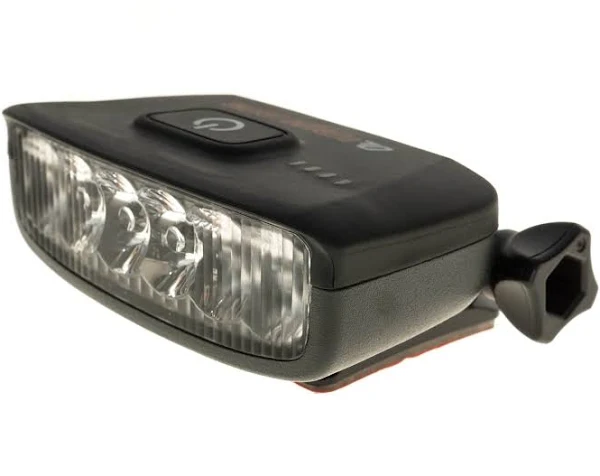
All of Outbound’s lights are engineered and assembled in their Chicago, Illinois headquarters. You can buy both the Trail Evo and Hangover as their “Evo Downhill” package for $375, or separately with the Hangover costing $135 and the Trail Evo setting you back $245.
The Trail Evo handlebar light is bigger and provides more of a flood light, illuminating a wide portion of the trail in front of you. The Hangover is smaller, but focuses its light on a smaller area, and when set up properly, it corresponds nicely to where you’re looking on the trail. The up and downward angle of both lights can be adjusted on the fly, and both lights also use just one button to toggle the lights on and off; it also cycles them through 4 different constant modes, as well as two more flashing modes to get the attention of drivers and other cyclists. Their battery life ranges from about 1 hour on the highest power mode to over 8 hours on the lowest mode, which is still pretty bright. Outbound estimates their lumens to be around 1000 for the Hangover, 2200 for the Trail Evo, and about 3000 when combined. I found them to be very bright and effective on “High” mode, so much so that I could ride just about as fast as I could during the day. Their low modes were very effective on saving battery when climbing more slowly, but still let me see everything I needed for the way up. I also think these lights will be very effective for night skiing this winter, and I am very curious to test them and see how the batteries do in the cold.
If you have someone in your life who likes to ride or ski and doesn’t want to be restricted to daylight to do so, Outbound Lighting’s lights are a very good gift. They will also make a very welcome upgrade for people already recreating in the dark but with a standard headlamp.
Bootfitting Appointment
MSRP: Varies
Luke Koppa: If you know someone in your life who frequently complains about their ski boots — or who hasn’t upgraded their boots or liners in years — a bootfitting appointment could be the most impactful gift you could give them. Ski boots are the foundation of anyone’s skiing experience, and I bet the vast majority of skiers out there are not in the best boots for them, or at least, a good bootfitter could make their current boots better.
I’m someone who will often just deal with a less-than-ideal situation if it means I don’t have to pay for something, and this is exactly the sort of gift that I would absolutely love, but that I would never buy for myself. So if you know someone like me, find a good bootfitter in their area (our Blister Recommended Shops are a great place to start), and get them set up and sorted out.



Adventure Tool Company ShopRoll
MSRP: $99
Simon Stewart: I find tool rolls to be one of the more effective ways of taking tools on the go; I like how well they keep tools organized while also being really easy to carry.
The Adventure Tool Company (ATC) ShopRoll has been my go-to tool roll for almost 8 years now. The ShopRoll is available in a variety of water-resistant materials (all made in the USA), including heavyweight waxed canvas, premium canvas, and Cordura. I opted for the waxed canvas version, and as they say in their marketing, it has worn in like an old leather jacket. Plus, I like how it smells, and it still smells good 8 years later.
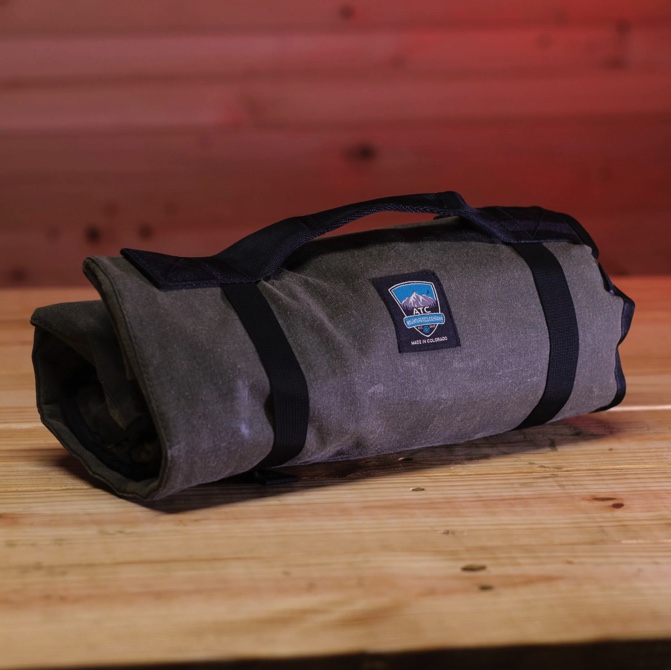
With 10 pockets, 2 zippered pouches, and 3 velcro pockets, the ATC ShopRoll is on the bigger side and definitely not something you’re going to put in your riding pack. This is a tool roll to put in your vehicle, and while I have mine filled with mostly bike tools, it is big enough to also fit some basic automotive tools in there, too. ATC does make a smaller version called the SportRoll which would fit in most packs, and could potentially be small enough to fit in some hip packs.
ATC is a Colorado company through and through — everything they sell is sewn in Colorado from U.S.-made materials, and that includes all the webbing, buckles, high-tensile thread, and zippers (a rare feat these days). All ATC gear carries a lifetime warranty, although as bomber as their stuff is made, I doubt they get many warranty claims.
The ATC ShopRoll goes everywhere with me. I love unrolling it on the tailgate of my old truck for trailhead setup and repairs, and when not in use, it’s easy to store — and because it’s a canvas roll, the tools don’t rattle at all.





9Barista for nearly $500 or the Aeropress for about $50. Although the Aeropress does make better coffee with less mucking around.
Aeropresses are great. I think I’ve had more cups of Aeropress coffee in my life than any other single preparation method – literally thousands of cups.
The 9Barista makes a very different product. Whether or not different is better is awfully subjective, but they’re not neat replacements for each other.